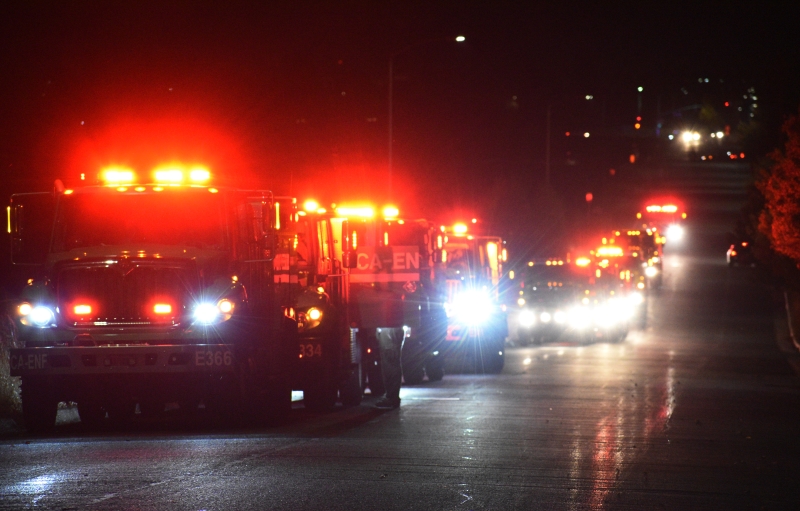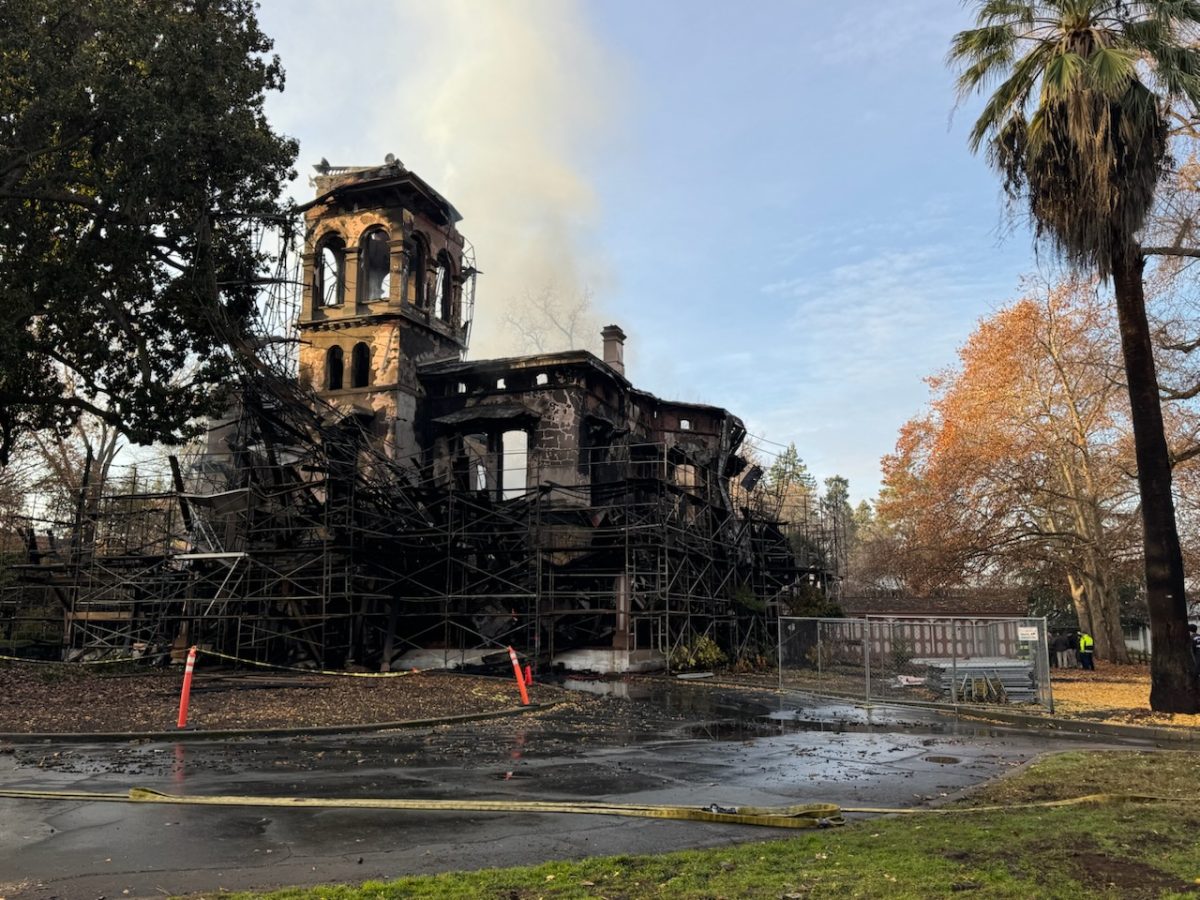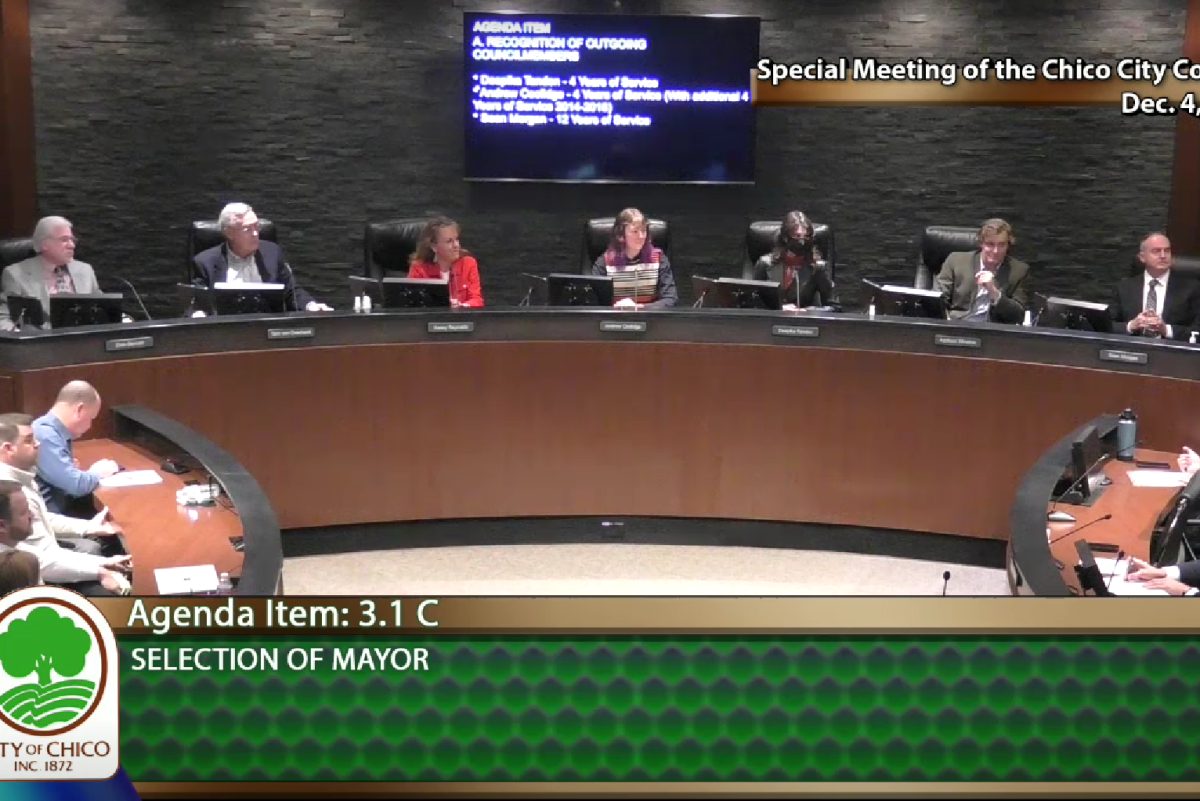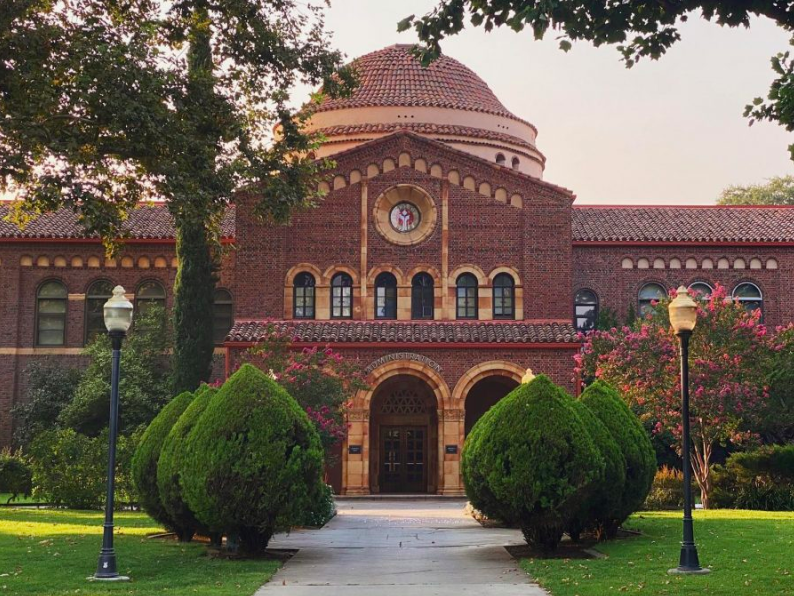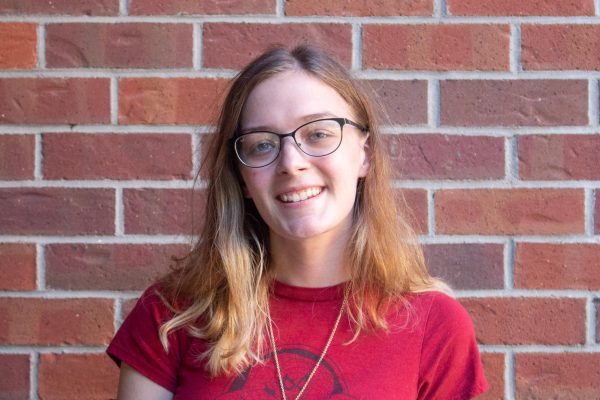CAL FIRE Jarbo Gap station firefighters left their posts at 6:30 a.m. on Nov 8, 2018 to investigate a suspected fire in Feather River Canyon not knowing that they would be the first on the scene of California’s deadliest fire: The Camp Fire.
The fire
Upon arrival at Poe Dam, the crew realized they would not be able to put out the fire, later found to be caused by a downed PG&E powerline, on their own, said the Camp Fire public report.
In less than an hour, the fire started to rapidly approach the town of Paradise and by 8:01 a.m. radios signaled the fire had arrived.
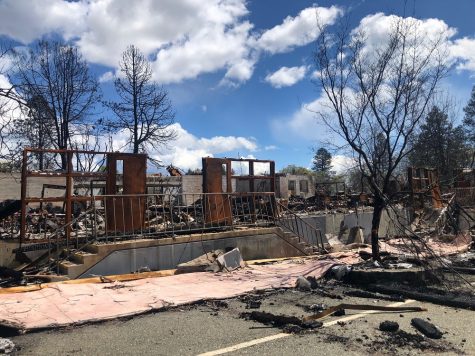
It was 8:15 a.m., just as children were dropped off at Paradise Elementary School, the Paradise CAL FIRE chief called for the evacuation of the entire town, radioing Paradise police and Butte County Sheriff’s Department.
With walls of fire surrounding the town at a rate that fire crews couldn’t stop, the residents had little time to escape.
At 8:35 a.m. the fire had already been halfway through the town causing the incident command to order that all firefighting be stopped, only 45 minutes after the fire started, so they could focus on the evacuation.
From 9-10 a.m., radios indicated that traffic was becoming an increasing problem as everyone began to leave with luggage and animals ahead of their evacuation zones.
People fled in any way they could, many abandoning their cars to run on foot.
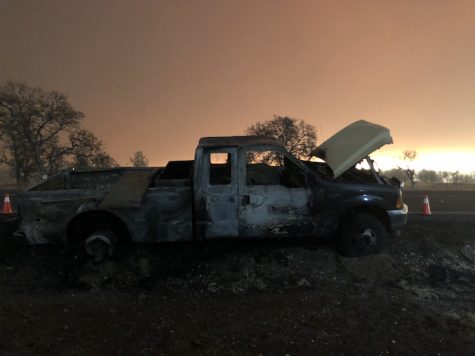
Radio communications about walking people, abandoned cars and officers stuck in traffic came in from 10-11 a.m. and by 11:21 a.m., there were around 1,000 cars stuck due to those that had been abandoned and stalled.
By 10:45 a.m., four hours after the projected start of the fire, the town of Paradise was gone.
Many didn’t escape causing the Camp Fire to become the most deadly fire in California history with a total of 85 deaths. 74 of those who died in the flames were over the age of 60 and were unable to evacuate without help as many of them had physical disabilities.
Six years later, one victim still remains unidentified.
More than 26,000 people found themselves homeless and mourning the loss of their loved ones, town and livelihoods.
The fire burned for 17 days before reaching 100% containment on Nov. 25 with the help of 1,065 firefighters and staff working relentlessly to stop the flames.
To date, the Camp Fire is also the most destructive fire in California history having burned 18,804 structures leaving only ashes in the place the town of Paradise once stood.
The recovery
Paradise did not stay in ashes. Over the next six years, residents of Paradise worked to repair the damage caused by the fire.
The Town of Paradise devised a downtown revitalization plan to restore the town to what it once was. Construction began in 2021 and was completed in 2023. The project aimed to create safe, walkable streets, local stores and restaurants, clean sidewalks and affordable housing.
In 2010, the city devised a downtown master plan with construction planned to begin in 2018, the year of the Camp Fire. The master plan was then re-incorporated into what the city called the “Camp Fire Long Term Recovery Plan.”
Community meetings with Paradise residents were frequently held to plan future improvements to Paradise after the fire. The plan was then presented to the Town Council.
The recovery plan was funded by the Butte Strong fund which provided $67 million in grants to the Camp Fire recovery. The plan partnered with academic institutions, churches, housing and community partners, utility companies and public agencies.
The recovery plan has five main goals.
- Make Paradise safer
- Make Paradise welcoming
- Make Paradise stronger
- Make Paradise better
- Make Paradise greener
“Paradise is a town, rich in natural beauty and community spirit,” the plan guide states. “As residents, we will work together to rise above any challenge.”
The planning process involved four steps including relieving pressure on residents and assisting them to rebuild their homes, listening to the public’s views of the strengths and weaknesses of Paradise before the fire, testing projects residents may support or not and deciding what projects would guide the process of recovery.
So far, Paradise has seen many signs of recovery infusing:
- More than 350 businesses built or reopened
- 3,339 building permit applications revived
- 2,505 homes rebuilt
They have also implemented an early warning system since the previous system was destroyed by the fire. The new system will ensure that should an emergency happen in the future, the entire town will hear sirens.
Along with local businesses and homes returning to Paradise, the town has finalized floor plans for a new community center that has been designed based on feedback from the community.
The town has poured into the support of the Gold Nugget Museum and Paradise Community Guilds.
Paradise is still deep in rebuilding efforts with many uncompleted projects including the Paradise sewer project and the undergrounding of utilities, led by PG&E and is expected to be completed in 2025.
Jessica Miller and Bea Williams can be reached at [email protected].





